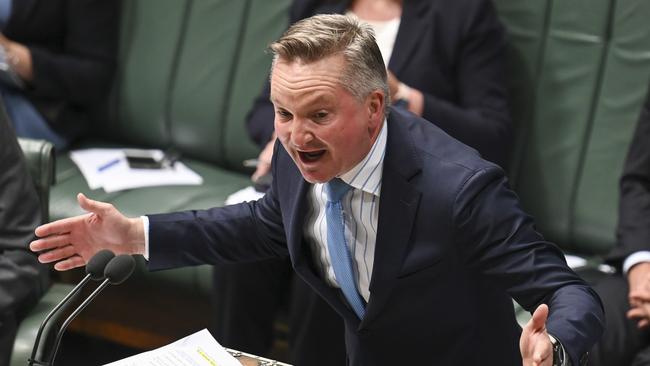
To be blunt, Australians have been sold a pup when it comes to the energy transition and the benefits that would flow from it. The notion it would be good for the economy, the climate and consumers is disingenuous – and that’s the best you can say. What has been obvious for some time but has dawned on Bowen only recently is that Labor’s grand plan to have 82 per cent of electricity generated by renewable sources by 2030 had become unachievable.
The commissioning of new large-scale renewable energy projects has slowed to a crawl and the rollout of the required new transmission lines is mired in local resistance, escalating costs and delay. The hope of the side – offshore wind turbines – also is looking forlorn.
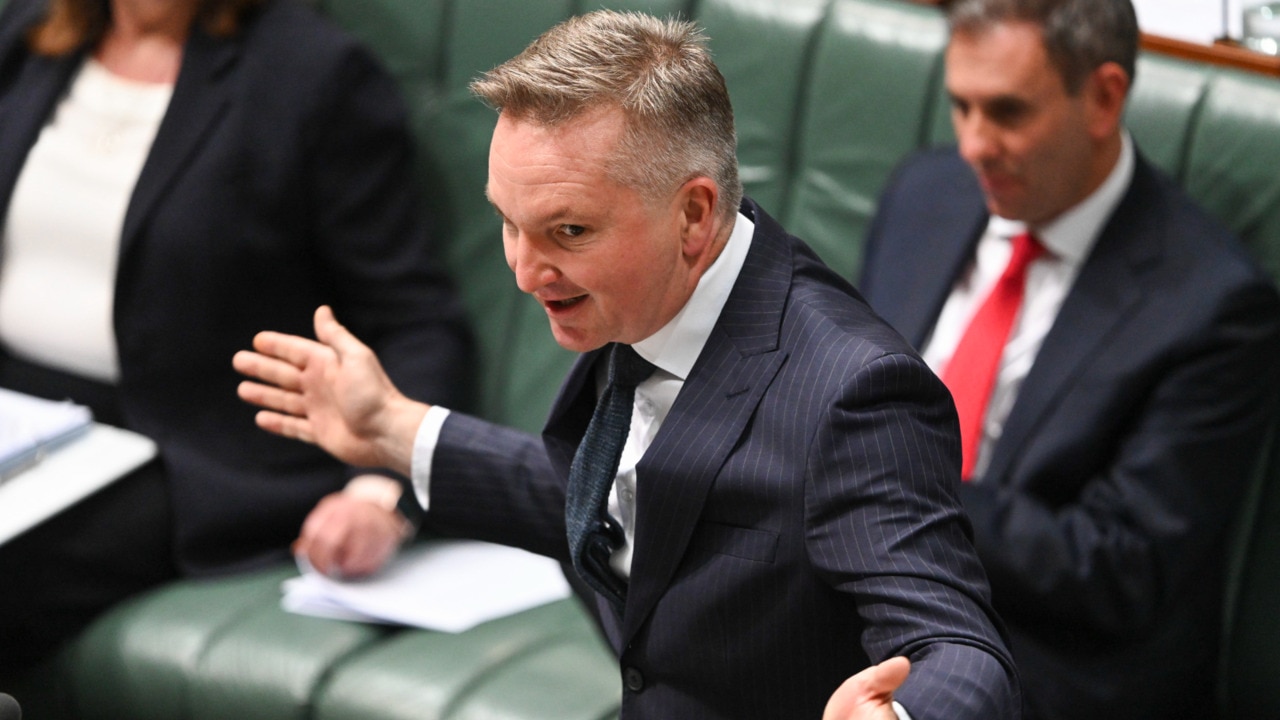
The real tragedy of this story is the failure to appreciate the complicated features of the electricity grid and how government intervention generally worsens rather than improves outcomes.
In particular, the downside of large proportions of intermittent generation has been vastly underestimated. There is also a wilful ignorance of the vital role played by dispatchable 24/7 generation.
What has emerged is essentially two markets: a day market and a night market. During the day, it’s common for electricity prices to be negative, mainly as a result of the widespread and somewhat unexpected expansion of domestic rooftop solar panels. At night, prices are much higher and it’s when dispatchable power comes to the fore, particularly if the wind is not blowing.
Another important change has been to interest rates. When interest rates were extremely low, the cost of capital to investors was extremely low as well. Now that interest rates have returned to more normal levels, the cost of capital has increased markedly, particularly for renewable energy installations carrying a lot of debt. Add the escalation in the cost of hardware and the shortage of workers, and the result has been an uncongenial backdrop to large-scale renewable energy investment.
This combined with the fact several coal-fired stations are heading towards closure has led to a degree of panic by state energy ministers as well as Bowen. It is surely ironic that the Victorian Labor government, which frequently proclaims its green credentials, is financially supporting the continuation of two brown-coal-fired electricity plants at unknown expense to the taxpayer.
(Note here that coal-fired plants are not a good fit with intermittent energy as they work on the basis of constant spinning. The cost curves of these plants resemble a bath tub: they decline in their early years and rise sharply towards the end of their lives. For instance, it has been estimated that the annual maintenance bill for the Yallourn power station in Victoria is close to $200 million.)
The mistakes made in managing and attempting to transform the east coast grid are too many to list. Mainly driven by politics rather than engineering and economics, the result has been a fiasco.
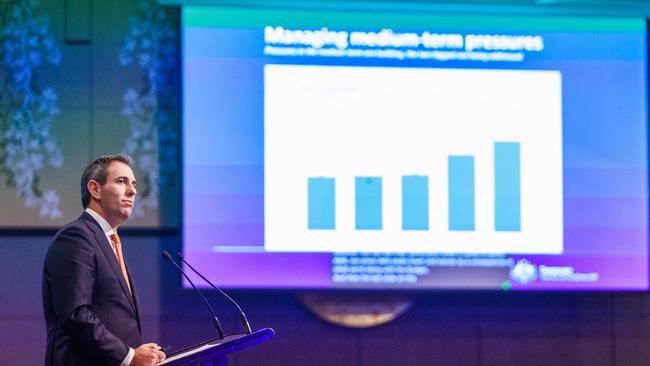
One example is the planned Marinus Link connecting Tasmania and Victoria. Because of huge cost overruns, the link has been halved and won’t be completed until the next decade. The federal government has agreed to take on a larger share of the cost, relieving the Tasmania government from some of the burden.
We are told six wind farms in Tasmania won’t be viable with this smaller link. But here’s the thing: what made sense was for Tasmania to supply dispatchable power to Victoria to underwrite its renewable energy folly, not to incentivise more renewable energy on the Apple Isle. It’s just one example of woolly, flawed thinking.
So, having come to a clear fork in the road, Bowen has decided the government must direct even more money at renewable energy.
The capacity mechanism known as the Capacity Investment Scheme will be used to spur more investment in renewable energy.
It’s worth describing here what the normal role of capacity mechanisms is. They are used in several places overseas to provide dispatchable power to grids when intermittent sources of power are unavailable. They are small relative to the size of the grid but involve gas and coal-fired plants being kept on standby.
The owners of these plants are paid to do so as well as for the power they generate if called on. There are several coal-fired plants in Britain, for instance, that are used in case of power shortages.
In what can be described only as an irrational decision, driven particularly by Victoria, our capacity mechanism includes only renewable energy and batteries, specifically barring coal and gas. It makes no sense at all and was driven entirely by ideology.
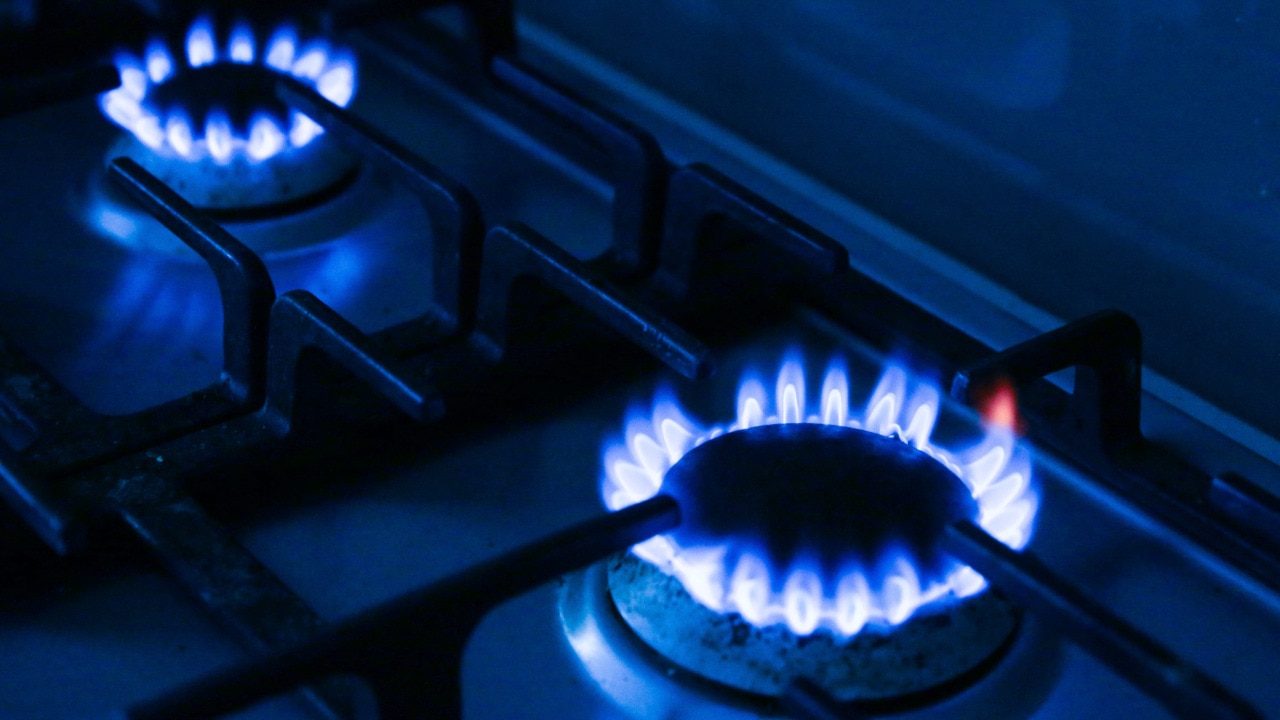
Bowen is proposing to lift the CIS from 6 gigawatts to 32GW using reverse auctions to underwrite the returns of renewable energy operators, with taxpayers picking up the tab. Where prices are below the strike price, operators will be compensated, but if the prices rise above that level, refunds are payable. The contracts may last for up to 15 years. It’s just another form of government subsidy following on from the Renewable Energy Target.
The key here is that Bowen wants taxpayers to bear the cost year in, year out – total dollar outlays unknown – of this intervention and thereby shield electricity consumers from even higher prices. It’s essentially smoke and mirrors because the costs still have to be borne one way or another. It’s astonishing that Jim Chalmers is going along with this proposal given the pressures the Treasurer faces to manage the budget better lest ongoing inflationary pressures persist.
There is a fair chance that Bowen’s plan B won’t work even though the higher subsidies should induce some additional renewable energy investment. The growing local resistance in the regions and the rapidly rising costs of renewable energy projects are counter forces. It’s why the minister has an equivocal position in respect of gas because open-cycle gas peaking plants are the obvious complement with renewable energy to firm the system.
It also opens the door to the Coalition to make the case for nuclear. It’s a centralised system that can use existing sites and transmission lines. It also provides prized 24/7 power. Other countries are accelerating their investments in nuclear power. We need to take note.


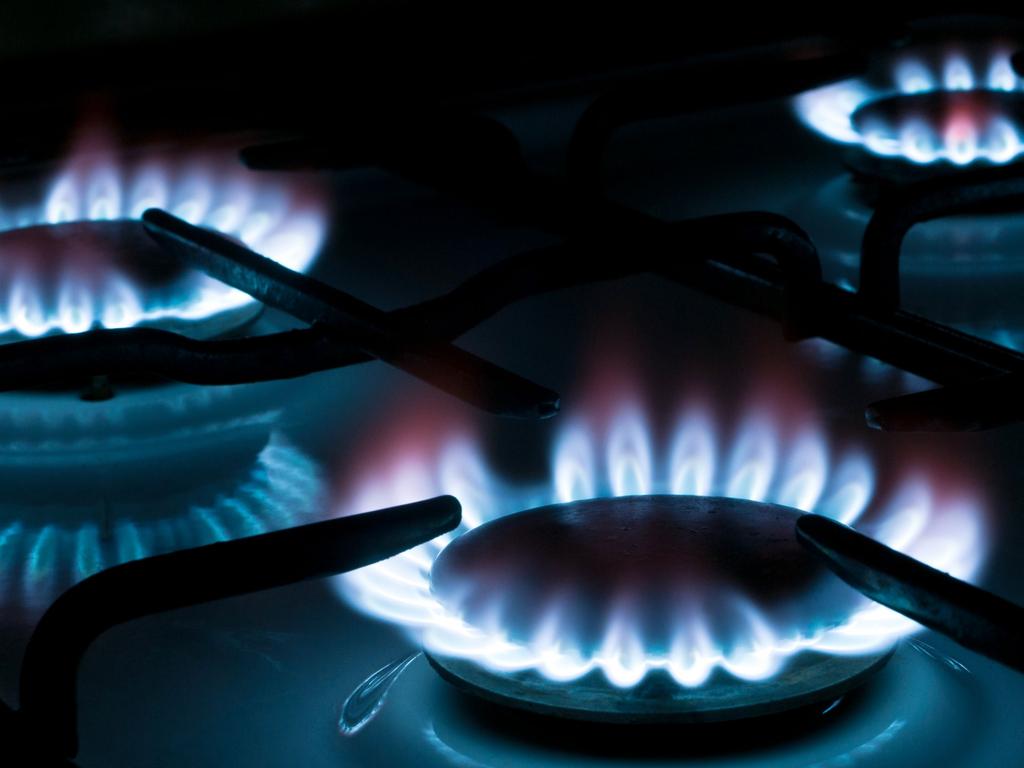
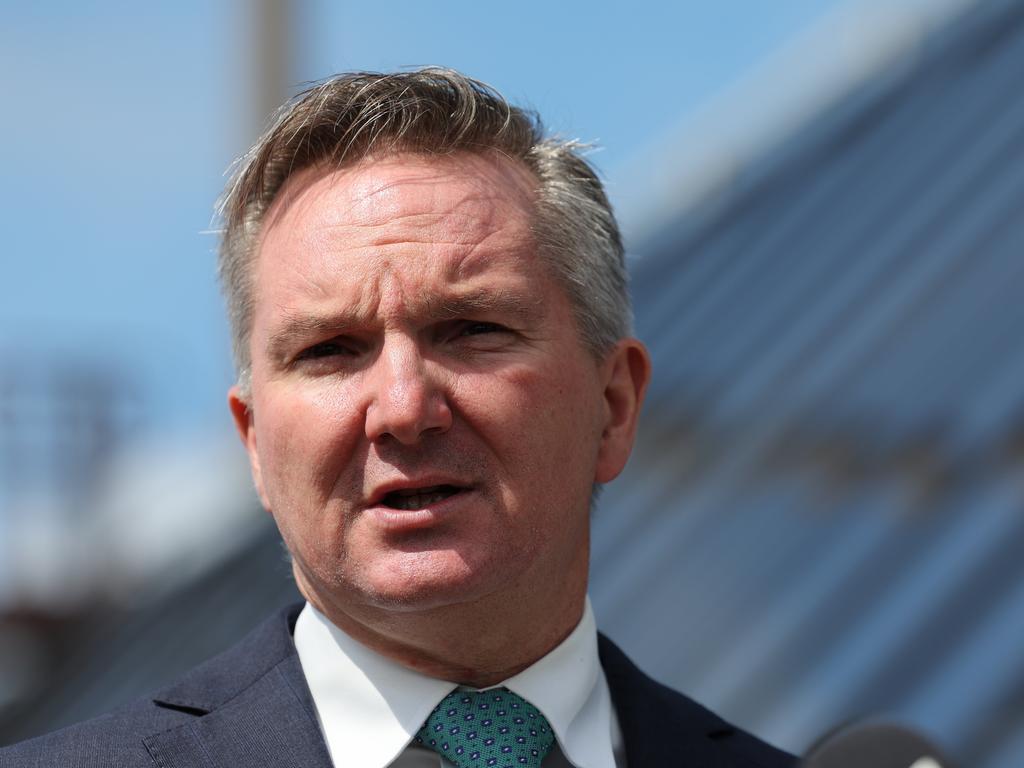

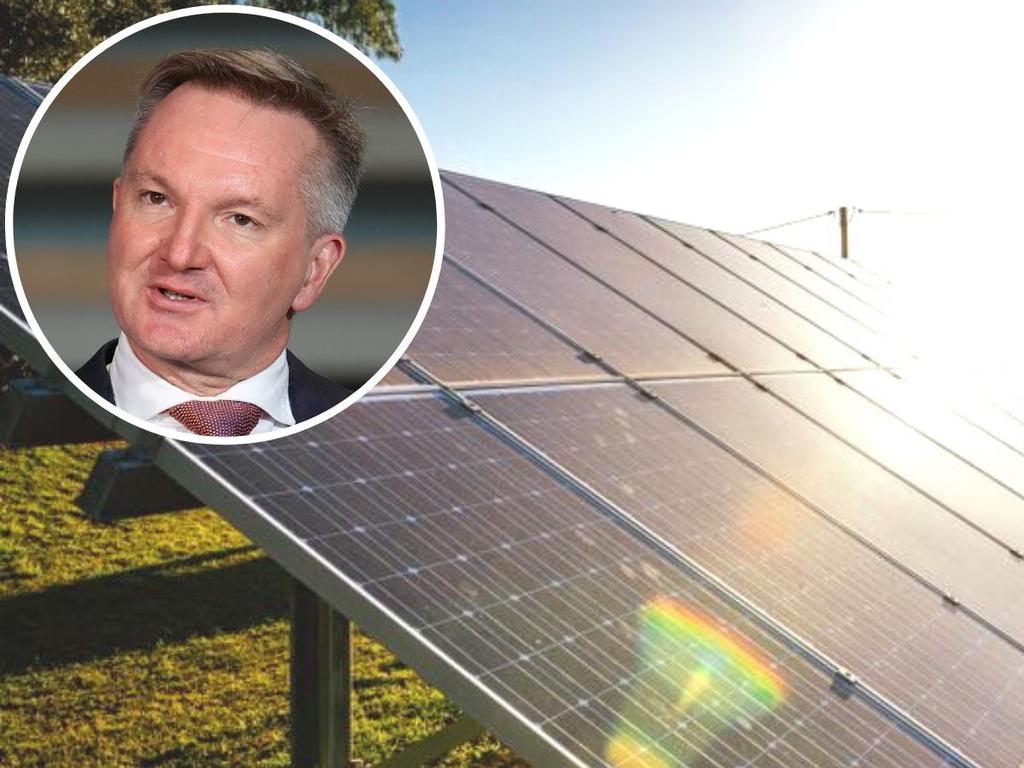


The idea that Australia can become an energy superpower is impossible to square with taxpayers stumping up billions of dollars to subsidise renewable energy. If renewable energy is really so cheap – the cheapest form of generating electricity, according to embattled Climate Change and Energy Minister Chris Bowen – why would the operators need a guaranteed flow of funds from taxpayers? That’s not how markets work.